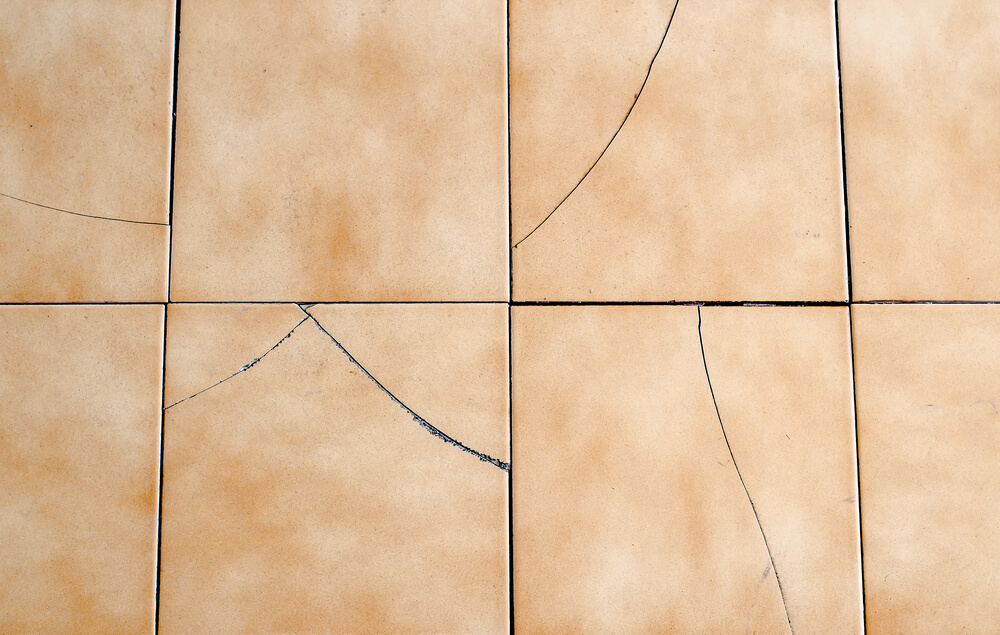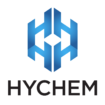Polyaspartic Polyurea Vs. Epoxy Floors: The Difference

If you’re doing your research to find the best floor coating for your garage, facility, warehouse, or factory, you’re probably wondering what the difference is between epoxy and polyaspartic floors. We’re here to answer every question you have. Learn about what they are, how they’re applied, and the advantages and disadvantages of both types of floors.
What is an epoxy floor coating?
An epoxy floor is a type of resin coating that is applied to concrete for protection, waterproofing, aesthetics, and/or extra grip. It’s resistant to chemicals, impact, oil, gas, bleach, and more. The application process involves painting the floor with several layers of the epoxy solution (letting it cure in between) which hardens into a tough surface on top of your floor.
Epoxy floors are a great option because they’re quite affordable. For applications that don’t require high UV-stability, epoxy is a suitable solution that provides adequate protection from water, impact, and chemicals. There are a variety of colours, finishes and decorative chips to customise your floor with.
The disadvantages of choosing epoxy floors are that it is susceptible to surface abrasions, it can take up to 16 hours to cure, and their off-gassing can affect air quality. Over time, the colour of epoxy floors can also fade and become yellow with extended exposure to sunlight.
Applications
- Undercover car parking
- Offices
- Gyms
- Garages
- Kitchens
- Retail
- Lobbies
- Hospitals
- Cafeterias
- Restrooms
What is a polyaspartic floor coating?
Polyaspartic is another type of resin coating that is very similar to polyurethane (PU). It has very high scratch-resistance when compared to epoxy and is 100% UV-stable, meaning there will be no discolouration over time. Its formulation can be varied if you need a faster drying time or lower gas emissions, which makes polyaspartic more versatile than standard epoxy. Polyaspartic has a clear, glossy finish that can be customised with different colours or decorative chips if you want an aesthetic look.
There are many benefits to choosing polyaspartic floors. It has a very quick drying time of 1 hour or less, which is ideal if you’re impatient or if you don’t want to disrupt your business operation for too long. It has very low odour as there is no off-gassing.
The downsides to polyaspartic floors are that they are more expensive than epoxy floors. Polyaspartic floors also require a professional to install them as they are fast-drying, and don’t leave room for you to make mistakes.
Applications
- Garages
- Industrial facilities
- Automotive workshops
Choose polyaspartic or epoxy floors with Hychem
Ready to invest in an epoxy or polyaspartic floor? Discuss your requirements with our experts and we will ensure it meets your needs and suit your purpose. If you want to learn more about epoxy floors, read Hychem’s epoxy flooring guide.
If you have any further questions, you can also contact us and we will be happy to assist.

Hi, I am currently having an outdoor patio constructed, covered mostly by insulated roof panels.
There is an additional uncovered apron around patio. and was considering Epoxy Floor coating, however , concerned about UV discolouration.
Also wondering about Polyaspartic.
Can you please advise.
Steve
Hi Stephen, please reach out to our team and one of our experts will gladly be able to assist you with your enquiry. please email or phone us on 02 46461660 or admin@hychem.com.au
Hello
I have 2 semi covered carports, covered patio and driveway. I was looking to use a flake system. As I havnt poured the driveway and it is has about 1.5m fall over 18m. Would this become slippery when wet even with a course grit installed. Another concern is turning wheels and leaving hot/wet tires leaving marks. Would it be beneficial for plastic to be installed under the slab or would this not let moisture escape and cause failure in the system.
Thanks for your assistance
Scott
Hi Scott, please reach out to our team and one of our experts will gladly be able to assist you with your enquiry. please email or phone us on 02 46461660 or admin@hychem.com.au